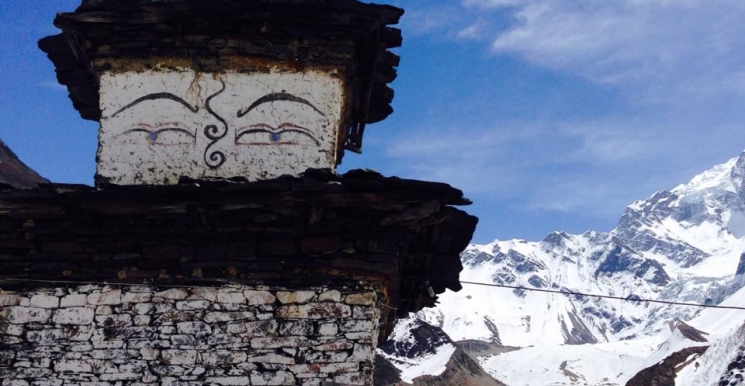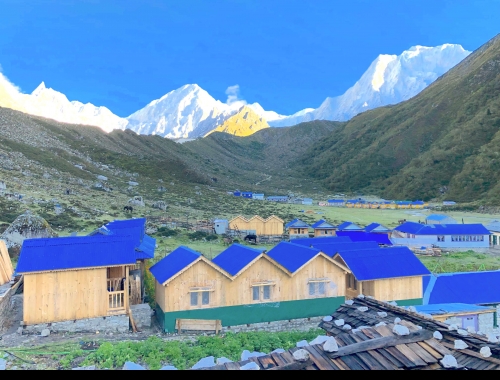About Trip:
Manaslu Circuit and Tsum Valley Trek is the best renowned trekking in the restricted region of Nepal. The trail is located on the North Western part, which is bounded up by the Budi Gandaki and the Marshyangdi River valley. Exploring the isolated landscape and the unique culture of Tsum valley along with crossing the Larke Pass of 5106 meters, you can save a lifetime experience. The trek heads further through the Manaslu Conservation Area Project (MCAP), which is a pocket zone of the snow leopard.
The exciting and exclusive trek in Manaslu region combining the Tsum valley with Round Manaslu trail begins from Soti Khola after a long driving day from Kathmandu. This is a lower altitude part of the Budi Gandaki River valley.
With various up and down towards the River and hillside, it leads you towards some of the core Tibetan Buddhist villages that are less known to the world. First the trek leads to the hidden gem of Tsum valley through the rocky and remote route. Tsum valley is less inhabited region of the border region, populated by the spiritual Tibetan Buddhist devotees.
Retracing to the main trail, it leads you towards the culturally blessed and naturally rewarded ancient towns like Sama Gaon and Samdo. The colorful and historical monasteries and chhortens are accompanied by the Himalayan shadows of Mt. Manaslu.
Crossing the Larke La Pass of 5106 meters is not only the challenging, but equally breathtaking with the breathtaking views of Mt. Manaslu (8163 meters), Ganesh Himal, Lamjung Himal and the surrounding peaks. Later, it connects with the Round Annapurna Trek.
The best seasons for the Round Manaslu Trekking are March to May and September to November. The winter becomes much more challenging for the Manaslu Larke Pass. For the complete arrangement of this trek with experienced guide and paperwork, please, feel free to contact Adventure High Pass and get complete trip info.
Trip Fact
- Destination: Nepal
- Trip Grade: MODERATE TO STRENUOUS
- Activities: TREKKING
- Altitude: 5160m
- Best season: Autumn & Spring
- Transportation: Bus/Car
- Accomodation: Hotel/Tea house
- Min Pack: 1 person




